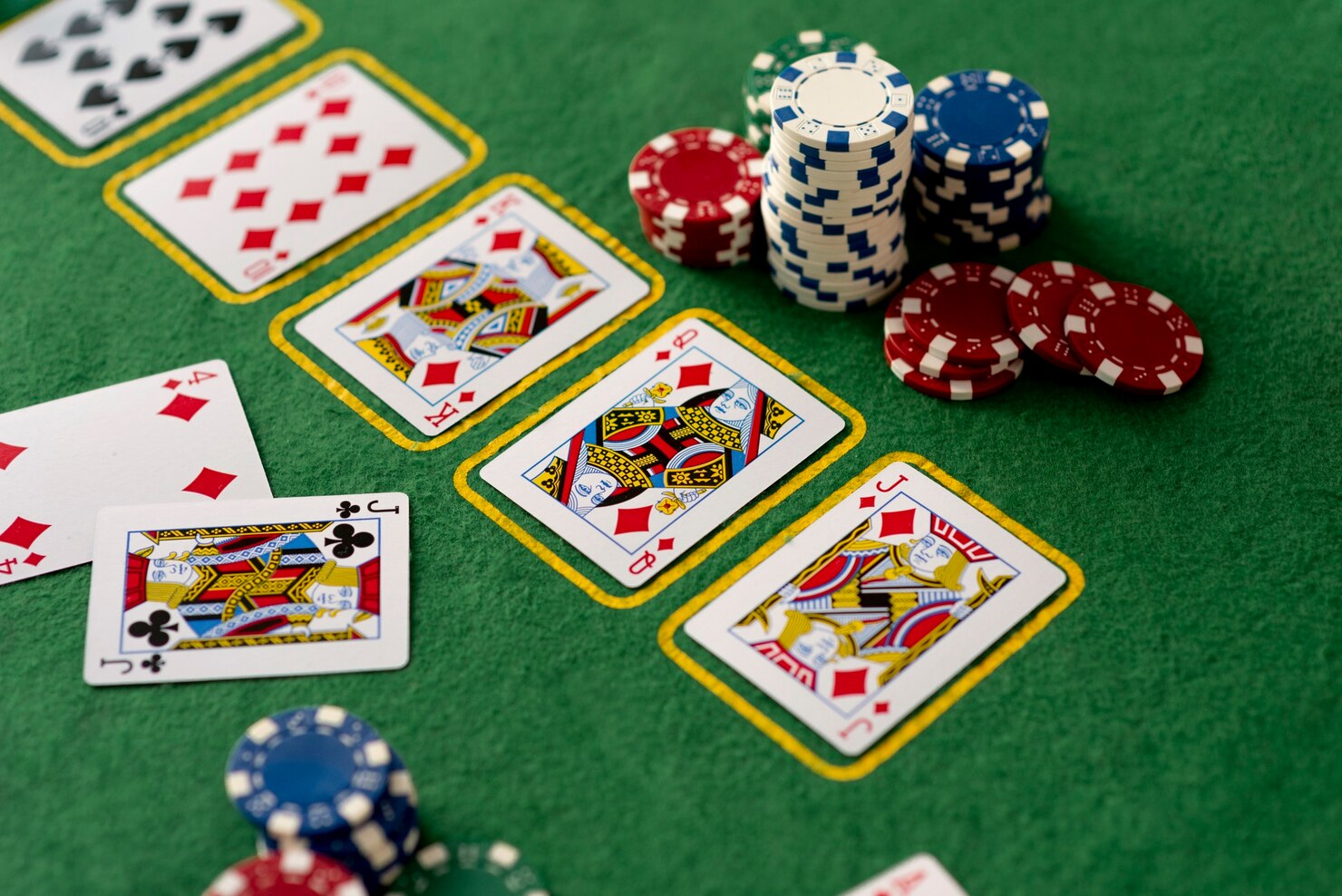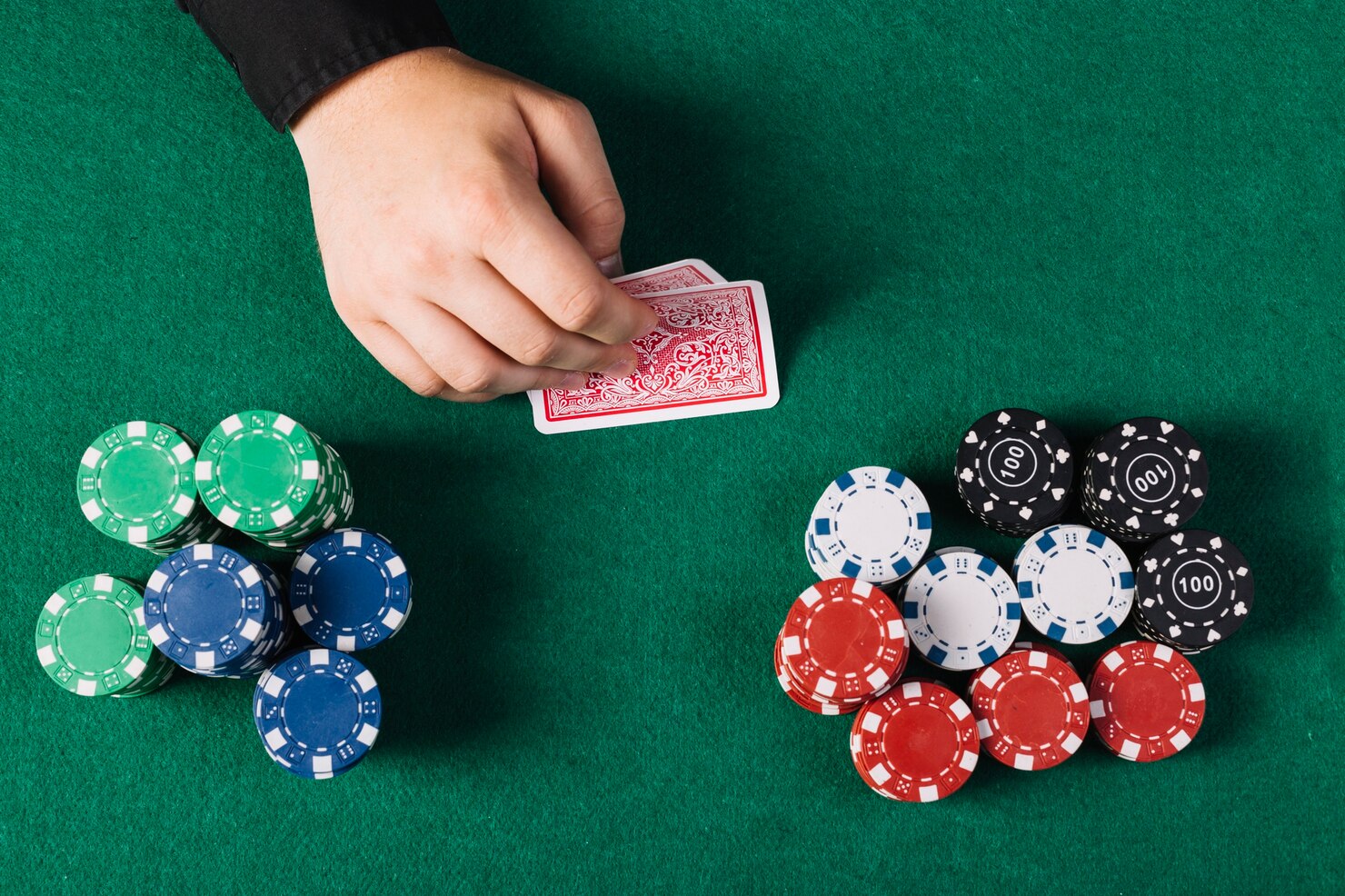Breaking Down Aggressive Poker: Understanding Importance of Positional Awareness
Playing aggressive poker calls for an astute understanding of positional awareness in poker. Without this key understanding, your aggression could turn out to be reckless rather than strategic. Positional awareness not only dictates your range of playable hands but also impacts how you react to your opponent’s actions. In poker, information is power. The later you act in a round, the more information you gather, and the stronger your position is. This perspective of positional awareness enhances your ability to implement an aggressive poker strategy.
Tight vs Loose: The Comparison of Playing Styles in Poker
Introducing the extremes of poker playing styles, the tight playing style and the rouge of loose aggressive tactics. A tight player sticks to premium hands, reducing risks but also limiting opportunities. On the other hand, a player using loose aggressive tactics has a broader range, playing more hands and often betting aggressively. Both styles have their merits and downsides. In essence, the winning strategy lies in flexibility – knowing when to tighten up and when to loosen the reigns.
Aggressive vs Passive: Choosing the Right Poker Approach
Next, we compare the aggressive to the passive poker approach, two distinctive styles that mold the poker landscape. Aggressive players frequently raise and re-raise, exerting pressure on their opponents. In contrast, passive players prefer to call and check, avoiding confrontations. An aggressive playstyle can scare off weak hands, accumulate pots, and conceal the strength of your hand. But unchecked aggression may lead to substantial losses. Passive play minimises risk, yet gives control to opponents.
Develop A Winning PLAY: Solid Poker Fundamentals to Adaptive Tactics
TAG vs LAG: How to Choose Your Aggressive Playing Style
Playing with a strong constant hand isn’t enough to win in poker; your playing style also matters. Two of the most popular methods are the TAG (Tight Aggressive) strategy and the LAG (Loose Aggressive) style. TAG players stick to a narrow range of strong hands and bet aggressively when they decide to play. LAG players, on the other hand, play a wide range of hands and also maintain the aggression. Both styles embody the poker strategies for different playing styles.
Bluffing Techniques: Key to Successful Aggressive Play in Poker
Bluffing techniques act as a cornerstone in any successful aggressive strategy. Successful bluffing can make your opponents fold better hands, giving you the pot. Bluffing deters predictability, creating a sense of uncertainty, vital in keeping your rivals on edge.
Exploit, Counter, Balance: The Triad of Effective Poker Strategies
The Power of Defensive Poker Play against Hyper-aggressive Opponents
Sometimes, the best offense is a good defense. Another critical aspect of poker strategy is knowing when to adopt defensive poker play. This approach is particularly useful against hyper-aggressive players who frequently attack, often making expansive and reckless moves. A defensive strategy allows you to be patient, wait for strong hands and make your move.
Exploitative Poker Tactics and Their Role in Winning the Play
Another component of advanced poker strategy is the use of exploitative poker tactics. These involve making decisions based on the observed weaknesses of your opponents. The goal is to exploit these leaks, forcing errors and consequently earning value.
Strategies Beyond ABC: The Changing Face of Poker Tactics
Move beyond the ABC poker strategies and improve your play with more advanced tactics. One such tactic is the controlled aggression in poker. Controlled aggression is about calculating your aggressive moves rather than playing recklessly.
Floating in Poker vs Conservative Playing Style: Finding the Balance
Floating in poker is a tactic used to counteract aggressive opponents. It involves calling a bet without a strong hand, intending to bluff on a later street. It can be a risky strategy and requires balance. On the other hand, a conservative playing style, focusing on playing only strong hands is less risky. The key is to find a suitable balance between these two strategies for optimal play.

From Position Play to Post-Flop Decision Making: Essential Strategies
Positional Awareness in Poker: Integral Part of an Aggressive Strategy
Earlier in this article, we discussed the importance of positional awareness. This factor cannot be overstated – position play is integral to a balanced poker strategy.
Decoding Post-flop Decision-Making in Poker: Embracing Calculated Risks
It’s also essential that poker players master the art of post-flop decision-making. This comes with understanding the strengths and weaknesses of your hand and evaluating potential risks.
Mastering Image Manipulation and Small Ball Poker Tactics
Image Manipulation in Poker: Understanding its Importance in Aggressive Play
The concept of image manipulation in poker is an interesting yet effective poker strategy. The way your opponents perceive you significantly influences their decisions.
3-betting strategies and Managing Aggression in Poker for Optimal Play
Finally, we’ll discuss 3-betting strategies, an advanced aspect of aggressive poker play. Managing aggression in poker is crucial as it will bring you one step closer to optimal play.
In Conclusion, mastering aggressive poker strategy requires an in-depth understanding of multiple variables. From having solid poker fundamentals to adapting smart tactics, poker requires a blend of strategy, psychology, and risk management.









